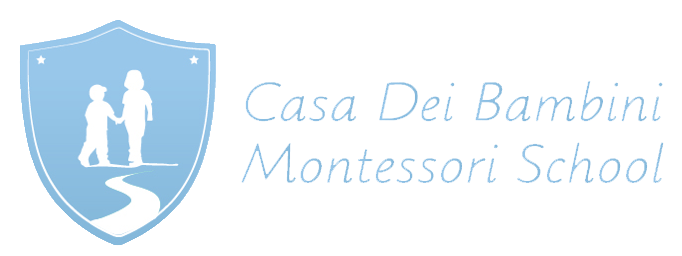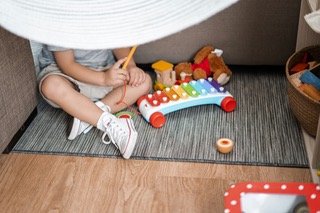Teaching Compassion Without Forcing Apologies
You're at the bookshop, and you spot your child taking a toy from another child. Your initial reaction might be to intervene, saying something like, “We don’t take toys from people. Now, say you’re sorry.” However, many early childhood educators caution against forcing apologies, especially when genuine remorse is lacking, as it can lead to long-term negative consequences and fails to address the root issue. As a parent, your aim is to instil good manners and empathy in your child. While manners can be taught, empathy is best learned through modelling and practice rather than direct instruction. Empathy involves understanding another person's emotions and experiences. However, young children are not consistently capable of empathising until around seven or eight years old. They learn empathy by observing empathetic adults and by actively listening to and understanding others. |
|
When children are compelled to apologise, they may come to believe that simply uttering, “I’m sorry,” fixes everything. Yet, insincere apologies do little to foster genuine empathy. True apologies develop naturally over time as children learn to understand and respond to the feelings of others. Rather than insisting on immediate apologies, parents can model appropriate behaviour to teach children acceptable ways of expressing remorse.
| Consider this scenario: You're at the park, and you witness your child hitting another child. Instead of demanding an apology, direct your attention to the child who was hurt. Offer a sincere apology on behalf of your child, acknowledging the hurt caused. Then, take your child aside to discuss why the behaviour was unacceptable. If your child shows remorse, you can suggest an apology or explore ways to make amends. At Casa, sometimes children offer a hug, a toy to share, an icepack or tissue. If your child is not ready to apologise, respect their feelings while ensuring they understand the impact of their actions. Transforming uncomfortable moments into teachable opportunities is key. Through modelling and guidance, children can learn that conflict resolution involves repairing relationships through understanding and empathy. Help your child articulate their emotions and suggest alternative ways of responding to challenging situations. By providing them with the language to express their feelings constructively, you empower them to navigate conflicts without resorting to aggression. |
Forced apologies hinder rather than facilitate learning opportunities. Allow your child the space to respond sincerely to situations where they have caused harm. Their response may not always be an apology; it could be a gesture of compassion such as a pat on the back, a hug, or sharing a toy. These acts demonstrate empathy and are equally valid forms of apology, even without the words, “I’m sorry.”



